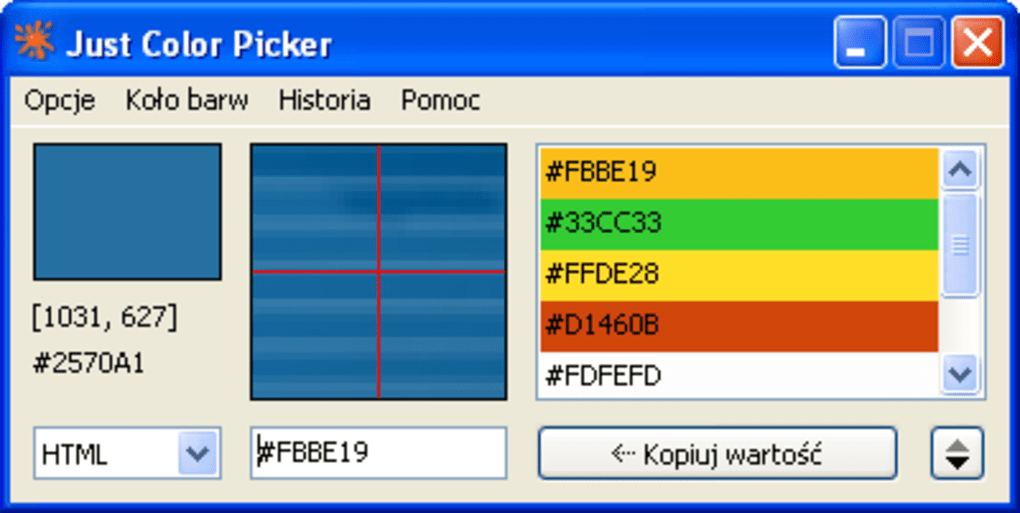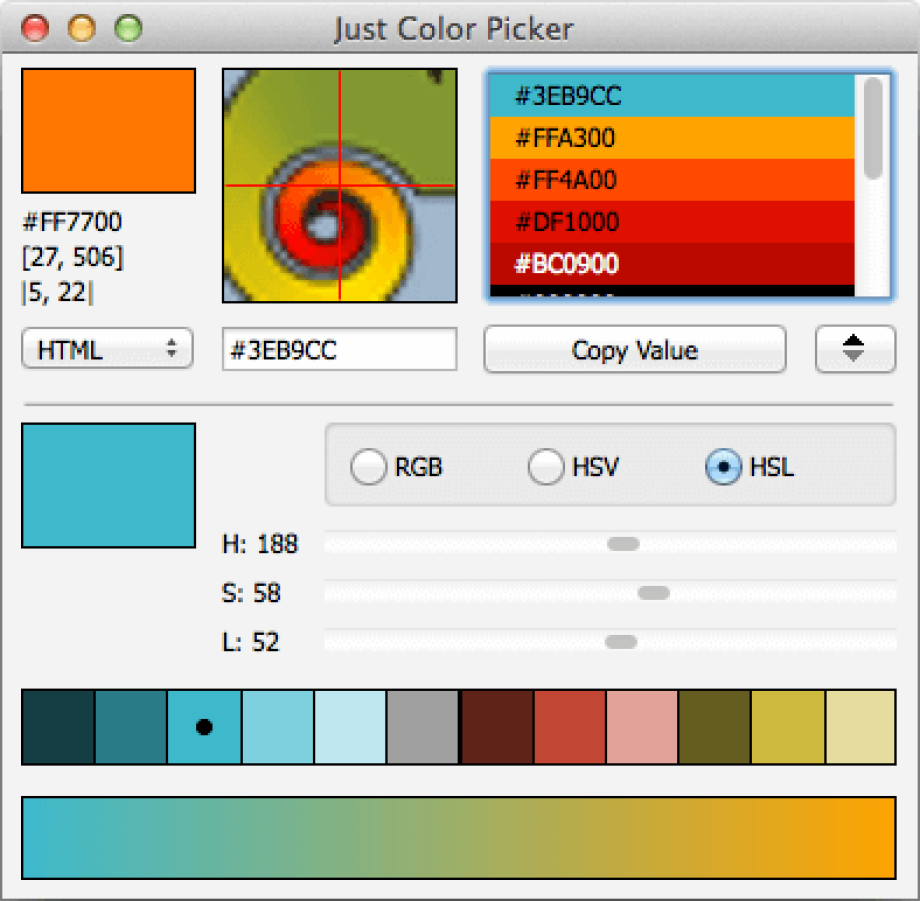

Three class constants are used to represent font styles:

There are four styles for displaying fonts in Java: plain, bold, italic, and bold italic. See the discussion of getFont() and decode() for more on font properties. Note that we haven't actually added a new font to the system we've only created a new name for an old font. With this line in the properties file, a Java program can use “AvantGarde” as a font name when this font is selected, AWT uses the font SansSerif for display. The ZapfDingbats font name has been dropped completely because the characters in this font have official Unicode mappings in the range \u2700 to \u27ff. Thus, TimesRoman is now Serif, Helvetica is now SansSerif, and Courier is Monospaced. The actual fonts available aren't changing the deprecated font names are being replaced by non-copyrighted equivalents. For copyright reasons, the list is substantially different in Java 1.1: the available font names are TimesRoman, Serif, Helvetica, SansSerif, Courier, Monospaced, Dialog, and DialogInput. Under Java 1.0, on any platform, the available fonts were: TimesRoman, Helvetica, Courier, Dialog, DialogInput, and ZapfDingbats. This method returns a String array of the fonts available. Each platform that supports Java provides a basic set of fonts to find the fonts supported on any platform, call Toolkit.getDefaultToolkit().getFontList(). Within AWT, a font is specified by its name, style, and point size. 3.1 FontsĪn instance of the Font class represents a specific font to the system. Finally, the SystemColor class (which is new to Java 1.1) provides access to the desktop color scheme. Next, the Color class is used to represent colors and can be used to specify the background color of any object, as well as the foreground color used to display a text string or a shape. The FontMetrics class gives you detailed information about a font, which you can use to position text strings intelligently. First, we discuss the Font class, which determines the font used to display text strings, whether they are drawn directly on the screen (with drawString()) or displayed within a component like a text field.
#Use just color picker in netbeans software#
Software Engineering is the #1 Job in the United S.Revisiting My HTML5 Posts with Opera 11.HotSpot JVM Options Displayed: -XX:+PrintFlagsInit.Recent Postings of Interest - 10 January 2011.MySQL and Other Topics in RMOUG SQL>Update Winter.Inspired by Actual Events: My Blog's New Name.O'Reilly Best of Ebook Deal of the Day: Top 25 of.RMOUG Training Days 2011 Four Weeks Away.Having the Last Word with Java and Groovy.
#Use just color picker in netbeans code#
Simple JavaScript code is invoked when a color is selected and the color of the background is changed accordingly. The images show that a small set of colors is presented first to choose from and that the user can choose from a larger set of colors or even specify a custom color.

The next set of screen snapshots demonstrates Opera's treatment of the color picker.

The other browsers (non-beta versions) do not provide a nice control at this point, but the code still works in them if the user types in a recognized color string. What differentiates Opera's treatment from the other browsers is that Opera provides an elegant control to allow the user to select a color or type in a color's code. Before demonstrating this code in action on the five major browsers, I'll point out that the code works on all the browsers. There's not much in the code above for a color picker (just with a "name" attribute and an "onchange" event to make things a little more interesting). I use the following simple HTML code to demonstrate Opera 11's color picker.ĭ = color In this post, I look at Opera's implementation of the HTML5 "color picker" as an illustration of what is possible when the other browsers begin adding their own implementations. As I stated in my post HTML5 Date Picker, Opera 11 is ahead of some of the other non-beta web browsers in implementing some of the expected HTML5 tags.


 0 kommentar(er)
0 kommentar(er)
